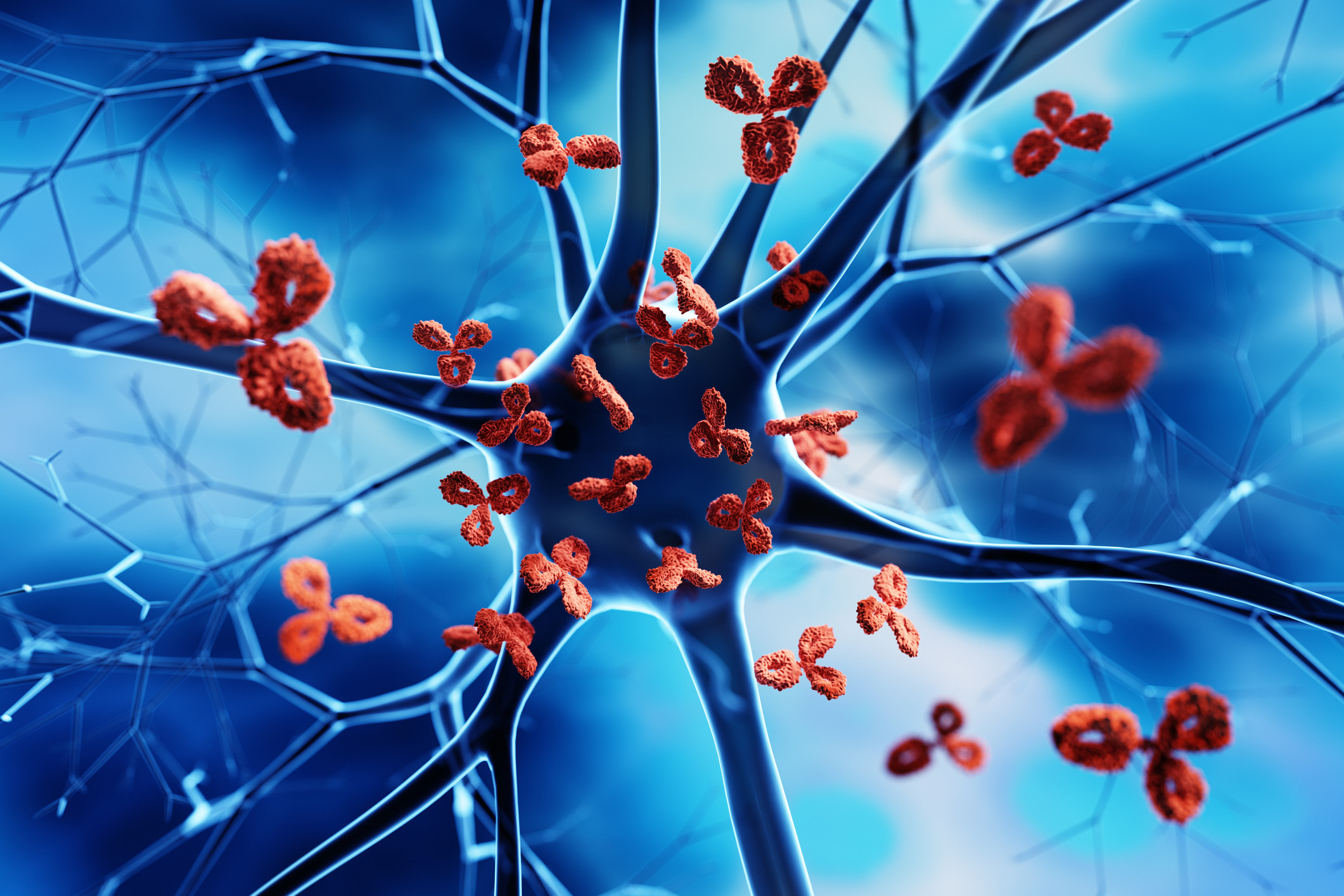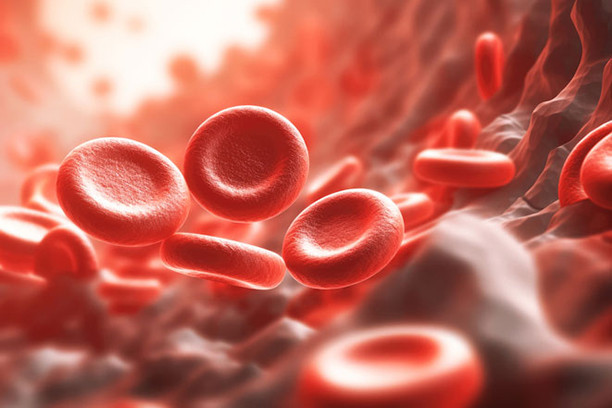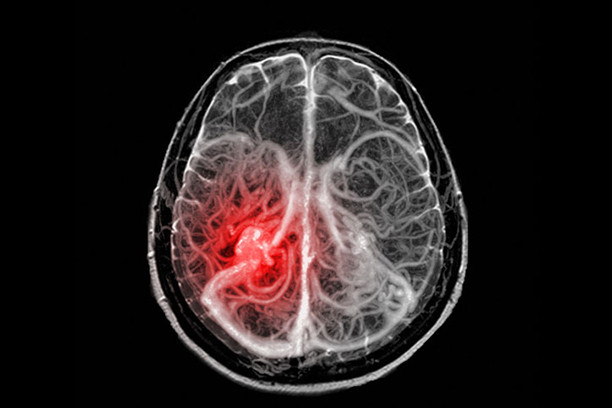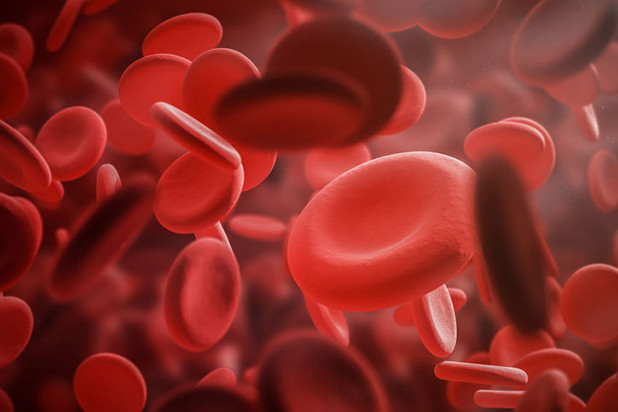Anticoagulation Reversal Knowledge & Learning Center
The use of andexanet alfa vs. 4-factor prothrombin complex concentrates in the setting of life-threatening intracranial hemorrhage
Andexanet alfa is a targeted reversal agent for life threatening hemorrhage associated with direct acting oral anticoagulants (DOACs), but there is uncertainty regarding the benefit when compared to 4-factor prothrombin complex concentrate (4F-PCC) for this indication. We investigated the clinical outcomes and cost associated with reversal of DOACs in the setting of life-threatening intracranial hemorrhage (ICH).
April 2024
Read moreUltra-Early Hemostatic Therapy for Acute Intracerebral Hemorrhage: An Updated Review
Intracerebral hemorrhage (ICH) is the second most common type of stroke, accounting for approximately 10–20% of all strokes, and is linked to severe neurological disability and death. Since the most accurate predictor of outcome in patients with ICH is hematoma volume, there is a great need for pharmacologic therapy that can reduce hematoma expansion and resultant mass effect and edema.
May 2024
Read moreRelated Articles
Final Study Report of Andexanet Alfa for Major Bleeding With Factor Xa Inhibitors
Andexanet alfa is a modified recombinant inactive factor Xa (FXa) designed to reverse FXa inhibitors. ANNEXA-4 (Andexanet Alfa, a Novel Antidote to the Anticoagulation Effects of Factor Xa Inhibitors) was a multicenter, prospective, phase-3b/4, single-group cohort study that evaluated andexanet alfa in patients with acute major bleeding. The results of the final analyses are presented.
February 2023
Read moreHemostatic Efficacy and Anti-FXa (Factor Xa) Reversal With Andexanet Alfa in Intracranial Hemorrhage: ANNEXA-4 Substudy
Andexanet alfa is a recombinant modified human FXa (factor Xa) developed to reverse FXa inhibition from anticoagulants. Hemostatic efficacy and reversal of anti-FXa activity with andexanet were assessed in patients from the ANNEXA-4 study (Andexanet Alfa, a Novel Antidote to the Anticoagulation Effects of FXa Inhibitors) with intracranial hemorrhage (ICrH).
May 2021
Read moreAnticoagulation for Atrial Fibrillation: A Review of Current Literature and Views
Atrial fibrillation is a common supraventricular tachyarrhythmia with uncoordinated atrial activation and ineffective atrial contraction. This leads to an increased risk of atrial thrombi, most commonly in the left atrial appendage, and increased risks of embolic strokes and/or peripheral thromboembolism. It is associated with significant morbidity and mortality. To meet the concerns of thrombi and stroke, anticoagulation has been the mainstay for prevention and treatment thereof.
April 2024
Read moreScoping Review of Racial, Ethnic, and Sex Disparities in the Diagnosis and Management of Hemorrhagic Stroke
In the United States, Black, Hispanic, and Asian Americans experience excessively high incidence rates of hemorrhagic stroke compared with White Americans. Women experience higher rates of subarachnoid hemorrhage than men. Previous reviews detailing racial, ethnic, and sex disparities in stroke have focused on ischemic stroke. We performed a scoping review of disparities in the diagnosis and management of hemorrhagic stroke in the United States to identify areas of disparities, research gaps, and evidence to inform efforts aimed at health equity.
July 2023
Read moreMaximal Care After Intracerebral Hemorrhage Giving Patients a Chance
Few survivors of intracerebral hemorrhage (ICH) regain independence. Trials of intensive blood pressure control, hemostatic agents, and new surgical approaches have not appreciably improved functional outcomes, though in-hospital mortality continues to fall. This dichotomy raises concern that aggressive care for patients with ICH might simply be delaying the inevitable at a significant cost.
May 2023
Read moreAssociation Between Body Mass Index and Functional Outcomes in Patients With Intracerebral Hemorrhage
Evidence of the so-called “obesity paradox,” which refers to the protective effect and survival benefit of obesity in patients with spontaneous intracerebral hemorrhage (ICH), remains controversial. This study aims to determine the association between body mass index (BMI) and functional outcomes in patients with ICH and whether it is modified by race/ethnicity.
December 2023
Read more







